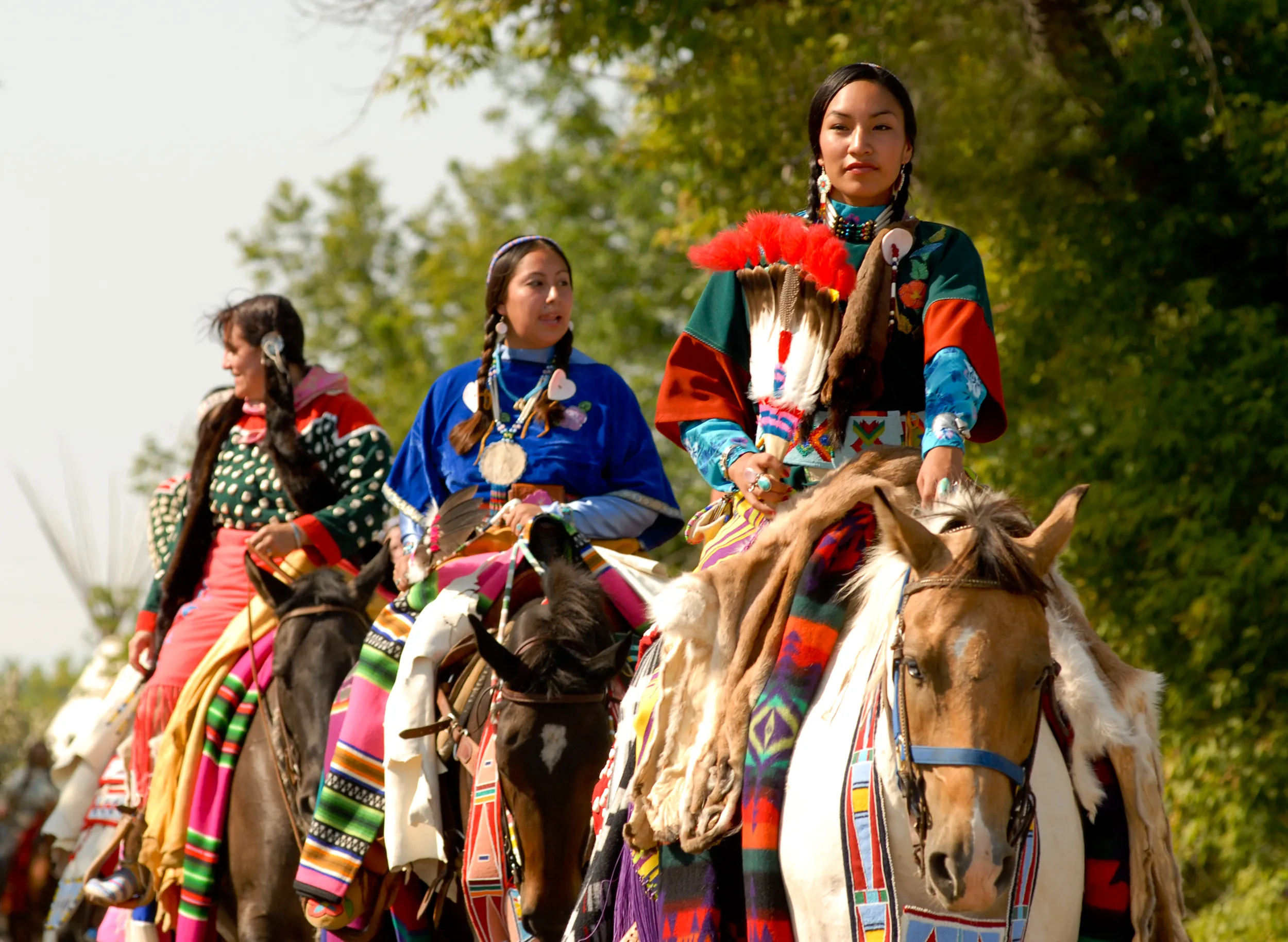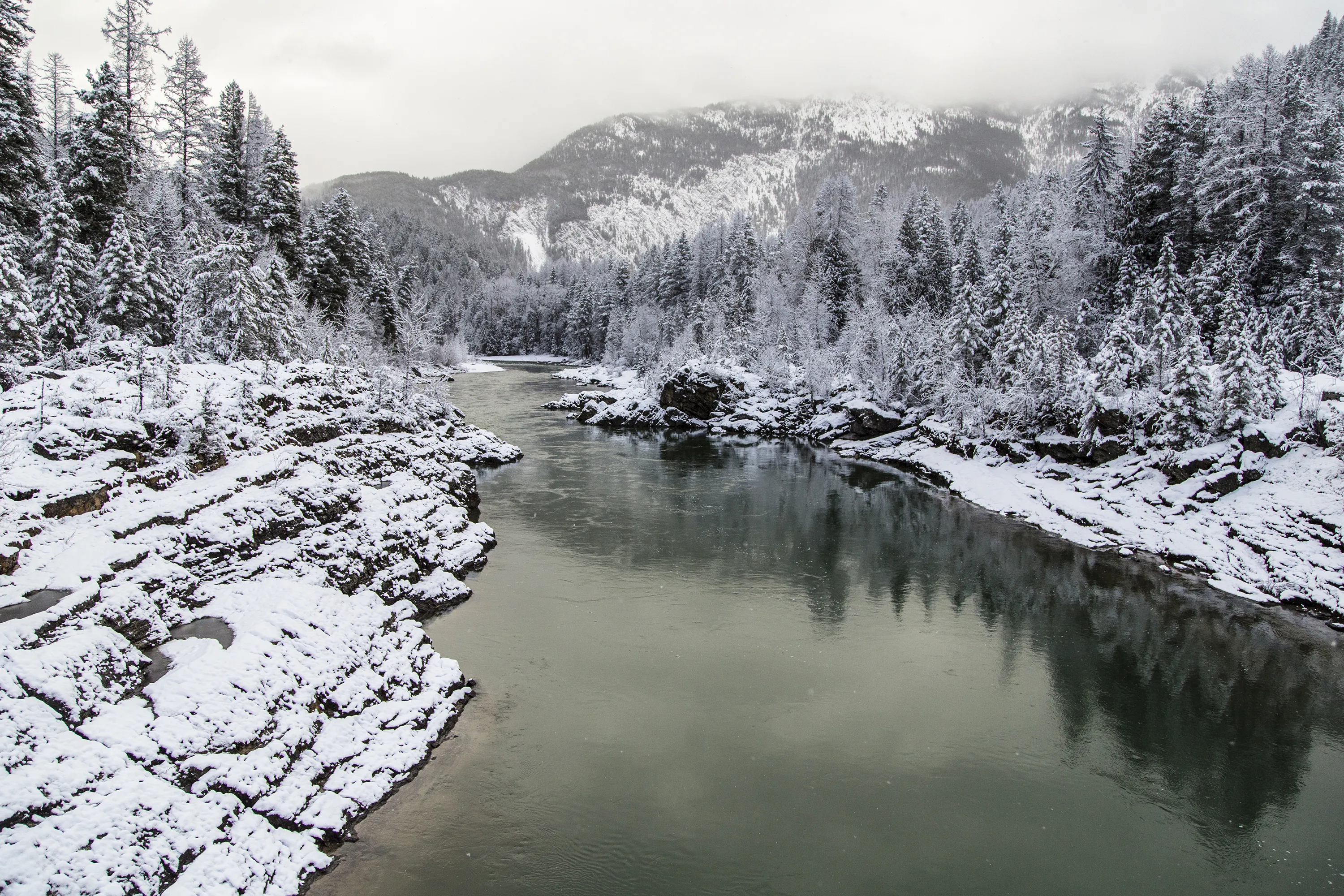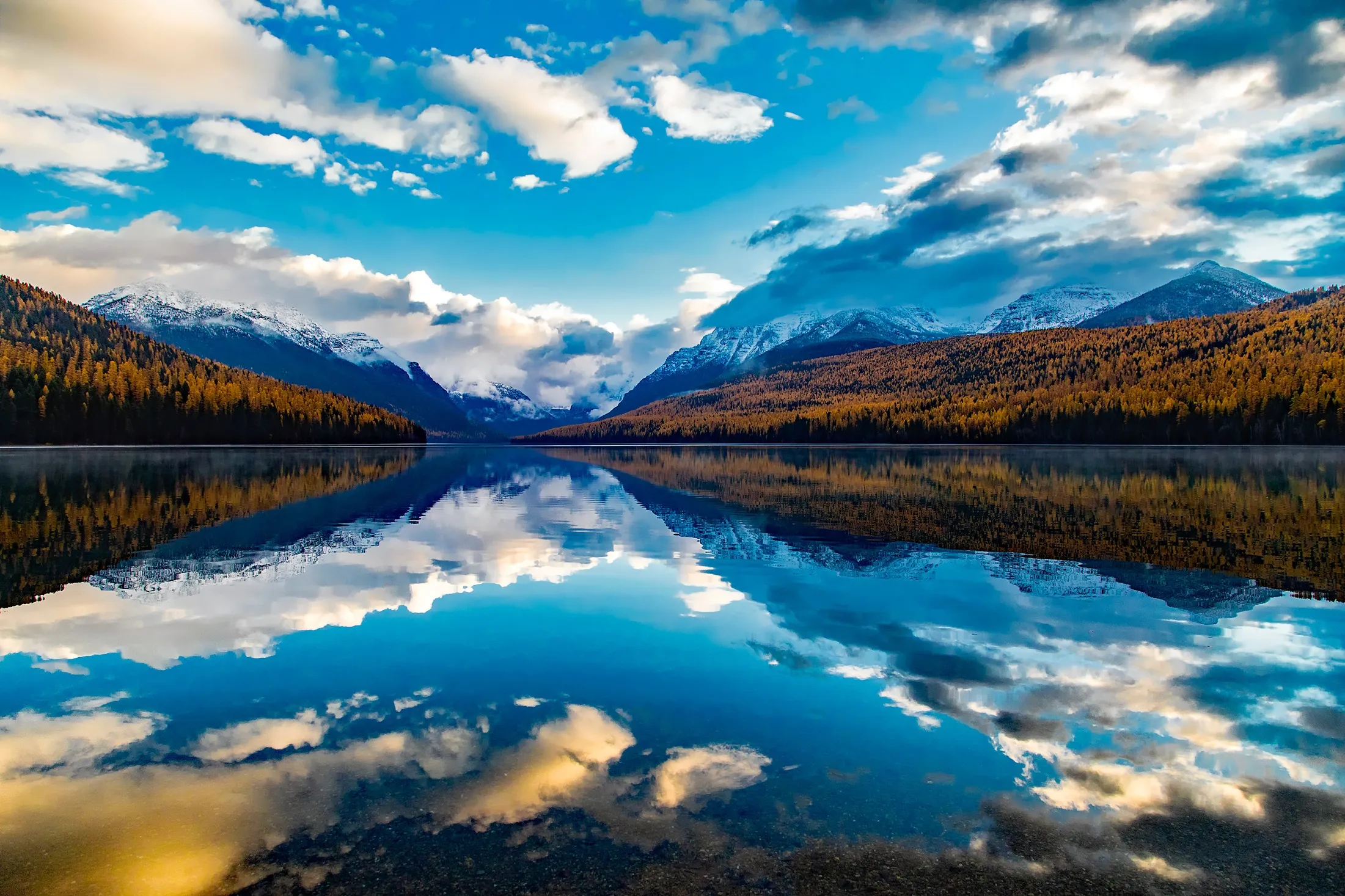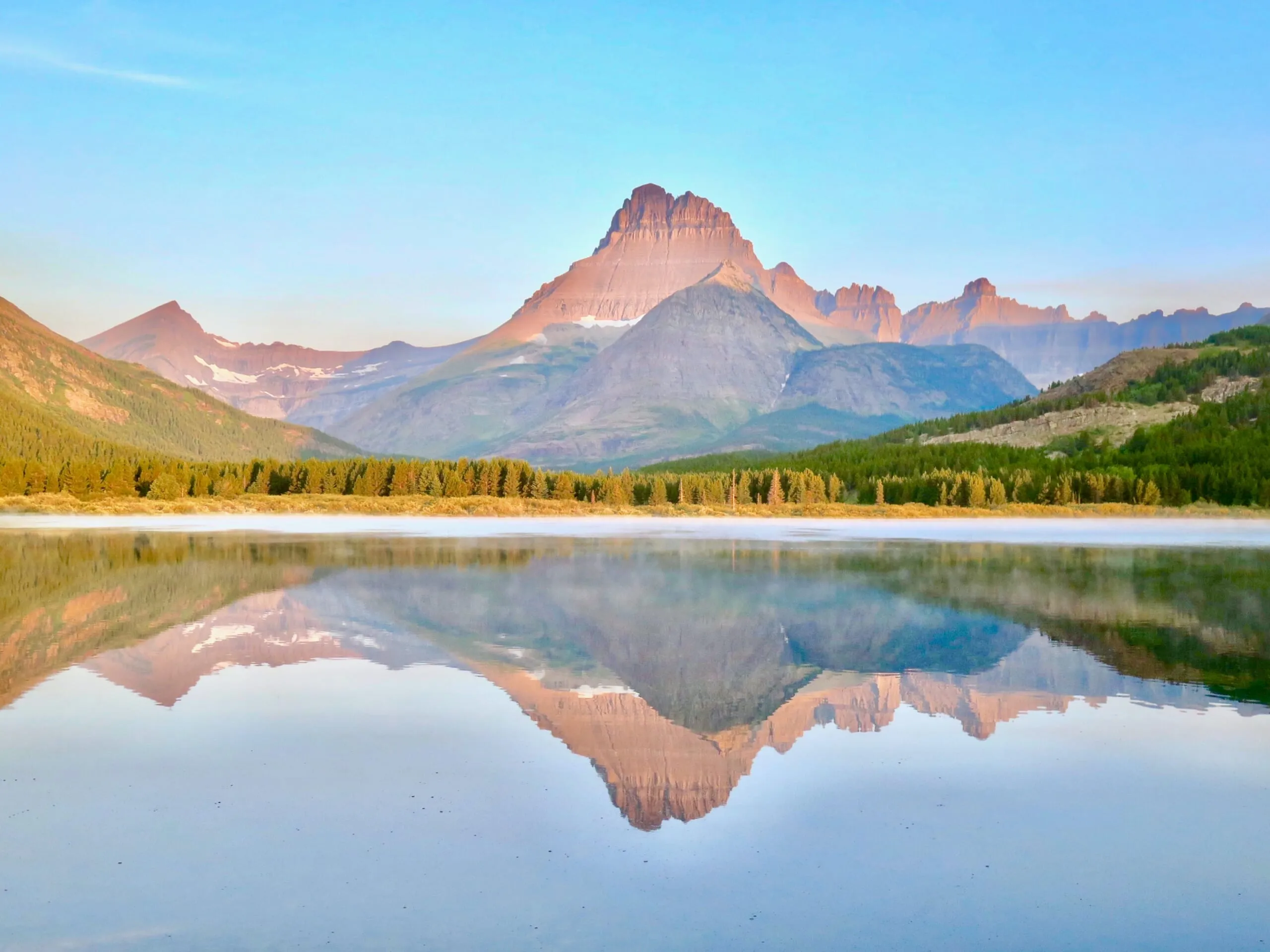Montana, the “Treasure State” or the “Big Sky Country,” is widely celebrated for its breathtaking natural beauty and unspoiled wilderness. However, few know that this region offers a unique and adventurous experience: bison hunting. This journey is not only a test of endurance in the wild but also an opportunity to immerse oneself in the rich cultural heritage and the fascinating history of this land.
Spanning vast landscapes, from the imposing Rocky Mountains to expansive prairies, Montana serves as an ideal habitat for bison, an animal that has long been central to the livelihood of Indigenous tribes. Bison hunting is not merely a sport; it is a cultural legacy that intertwines past and present, offering visitors a meaningful and unforgettable travel experience.
Bison Hunting Traditions of Montana’s Indigenous Tribes
For thousands of years, Indigenous tribes such as the Crow, Cheyenne, Blackfeet, and others have depended on bison as their primary resource. Bison provided food, hides for clothing and shelter, and bones and horns for tools and weapons. Hunting these animals was not only a survival skill but a sacred ritual embodying respect for nature and gratitude for its abundance.
Traditional hunting methods varied across tribes, utilizing bows and arrows, spears, or natural traps such as cliffs. Each tribe had unique techniques and hunting ceremonies that highlighted their profound connection to the natural world. Today, despite modernity’s influence, the spirit of traditional bison hunting prevails, forming an integral part of Montana’s Indigenous cultural identity.

Montana’s Bison: A Symbolic Species with Hunting Value
The American bison, North America’s largest land mammal, once roamed the continent in vast numbers but neared extinction in the late 19th century due to overhunting. Thanks to vigorous conservation efforts, bison populations have significantly recovered, particularly in Montana. Here, they have become a state icon and a carefully managed hunting resource.
Beyond their ecological significance, bison contribute to local economies and cultural practices. Bison meat is a nutritious food source, and their hides and fur are used in various artisanal crafts. Regulated bison hunting generates revenue for conservation programs and offers outdoor enthusiasts a unique opportunity to connect with the natural world and Montana’s storied history.

Modern Bison Hunting in Montana: Laws, Seasons, and Guidelines
Today, bison hunting in Montana is strictly regulated to ensure sustainability and the preservation of this iconic species. Hunting activities follow stringent legal frameworks, including limited permits, designated seasons and zones, and restrictions on weapon types.
The hunting season typically spans fall and winter, when harsh weather conditions cause bison to congregate in large herds. Participants must obtain valid permits, familiarize themselves with hunting laws, master weapon handling, and understand bison behavior.
To maximize safety and success, many hunters opt for professional hunting tours organized by local travel companies or guides. These tours offer comprehensive packages that include permits, hunting guidance, necessary equipment, and post-hunt processing.
Popular Bison Hunting Areas in Montana
Montana boasts numerous bison hunting locations across both public and private lands. Some notable areas include:
- Yellowstone National Park (Montana Section): Although most of Yellowstone prohibits hunting, limited bison hunting is allowed in specific areas under special regulations.
- Public Lands Managed by BLM and USFS: Many expansive public lands administered by the Bureau of Land Management (BLM) and the U.S. Forest Service (USFS) offer seasonal hunting opportunities via permit stipulations.
- Private Ranches and Lands: Several private ranches in Montana provide exclusive, fee-based bison hunting experiences, ensuring a managed and secluded environment for hunters.
Before selecting a hunting area, participants should thoroughly research legal requirements, terrain conditions, and local bison populations to plan their expedition effectively.

Preparing for a Bison Hunting Trip in Montana
To ensure a memorable and safe bison hunting experience in Montana, thorough preparation is crucial. Key factors to consider include:
- Hunting Permits: Understand the application process for bison hunting permits in Montana and secure a valid permit before your trip.
- Gear and Equipment: Pack appropriate clothing for Montana’s harsh weather, hiking boots, binoculars, hunting knives, first aid kits, and other essential tools.
- Weapons and Ammunition: Choose suitable weapons, practice proficient handling, and maintain your equipment. Carry adequate ammunition for the hunt.
- Physical Fitness and Health: Bison hunting demands physical endurance. Train in advance and ensure you are in good health before embarking on your trip.
- Knowledge and Skills: Study bison behavior, hunting techniques, wilderness navigation, and basic first aid to enhance your readiness.
- Professional Hunting Guides: For beginners, hiring a professional guide can provide invaluable assistance and ensure a safer, more successful adventure.

Conclusion
Bison hunting in Montana is more than an adventurous outdoor activity; it is a profound journey into the region’s culture, history, and untamed nature. From learning about the traditional bison hunting practices of Indigenous tribes to encountering these majestic creatures in their wild habitat, every moment promises a deep emotional and educational experience. For those seeking adventure and a connection to the wild, bison hunting in Montana is an unmatched expedition. Come and embrace the bold, majestic, and thrilling spirit of the “Big Sky Country”!